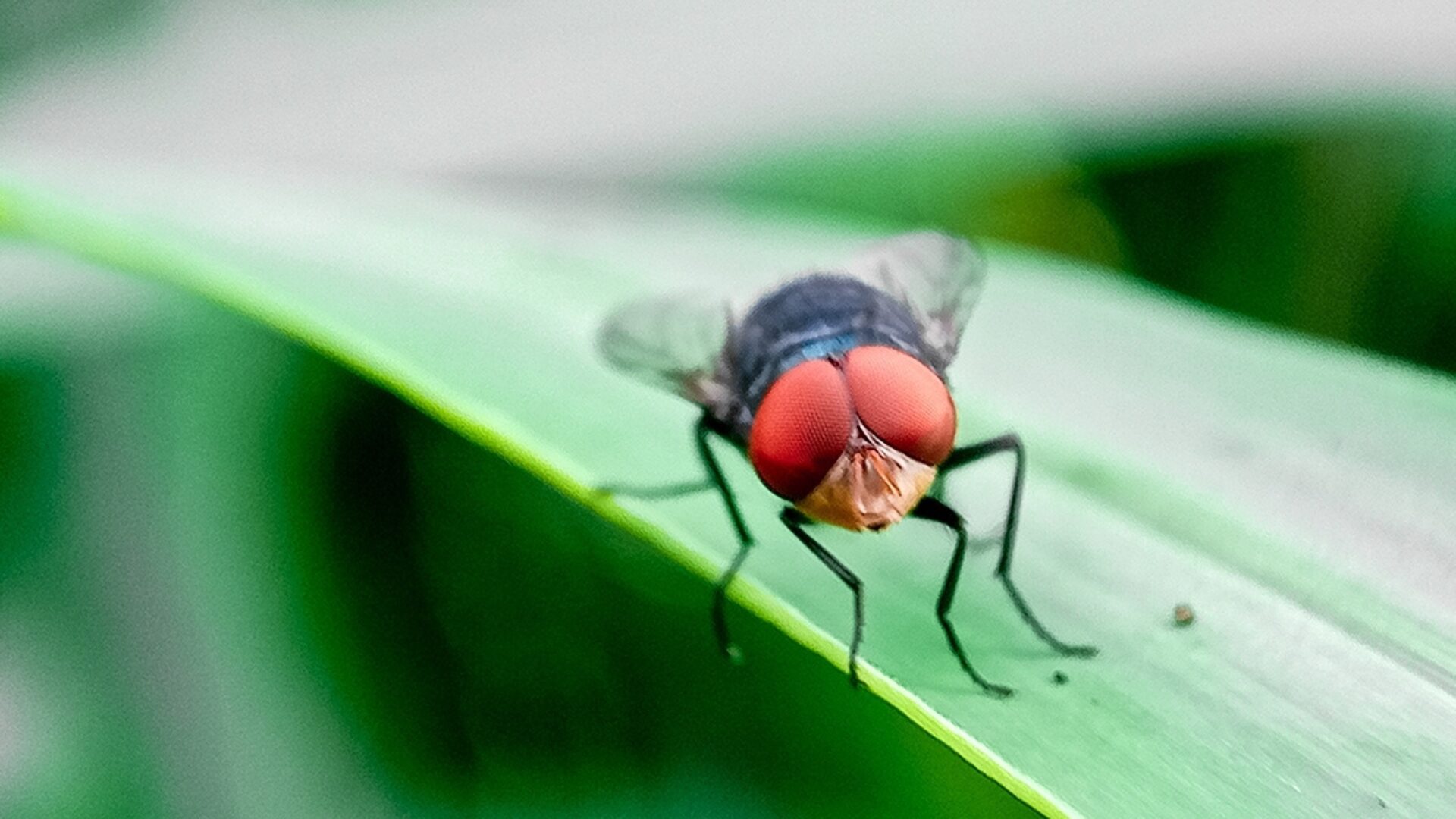Avian influenza, combined with high energy prices, are pushing turkey prices to new heights, with breast meat going for more than $6.50 a pound, The Wall Street Journal reported.
The bird flu outbreak hit 39 states this year and is making an early fall comeback, detected recently in two commercial flocks in western Minnesota and a hobby flock in Indiana, the Associated Press reported.
Six million turkeys were among the more than 40 million birds that were slaughtered in a bid to contain the highly contagious virus, which was spread around the country by migrating flocks.
Breast meat turkey prices are up more than $2 a pound from 2020, market-research firm Urner Barry found, with hens up 57% compared to the five-year average.
And there’s no relief in sight as Thanksgiving 2022 looms. Jacinth Smiley, chief financial officer for Hormel Foods, the nation’s second-largest turkey processor, told the Journal limited supplies are expected to keep turkey prices high.
The National Turkey Federation said it expects there still will be enough turkey to go around come Thanksgiving, but grocers may find they don’t receive the exact number of 10- and 16-pound birds they ordered.
The USDA estimated turkey production off 7% in the third quarter compared to the same quarter last year, amounting to 20 million pounds.
In other news:
Next pandemic?: Some experts say they’re worried bird flu could cause the next human pandemic, one deadlier than COVID, given the number of birds affected this year, the Daily Mail reported.
A strain similar to the highly pathogenic avian influenza currently making the rounds was responsible for the flu epidemic that swept the world 1917-18, killing 50 million people. The Daily Mail noted the carcasses of sick birds are littering the beaches on islands off Scotland, for example. Officials are warning people to stay away from the birds.
Crop pests: A study from North Carolina State University finds the corn earworm is moving north of its traditional survival zone in the South as temperatures rise.
The corn earworm is among the most voracious pests, devouring everything from lettuce to beans to fruit to flowers. Since 1981, the winter survival zone has expanded by 3%, the study found. The researchers said the area could double by the end of the century. Anders Huseth, assistant professor of entomology at NC State and one of the paper’s co-corresponding authors, called the corn earworm the “canary in the coal mine for agricultural pests.” It turned up in Minnesota for the first time this year.
Climate change: Increasing drought and heat threatens global food security at a time when demand for meat is growing, Yale Climate Connections reported.
The report noted the global population is expected to expand by 2 billion by 2050 while crop production is likely to suffer from drought, extreme heat, flooding and air pollution. The report notes multiple extreme weather disasters can exacerbate the effect on the global economy.
“The effect of weather extremes in our globalized economy yield losses in some regions that face supply shortages and gains in others that see increased demand and thereby higher prices,” Kilian Kuhla of the Potsdam Institute for Climate Impact Research said in a press release. “But when extremes overlap, economic losses in the entire global supply network are on average 20 percent higher.”












